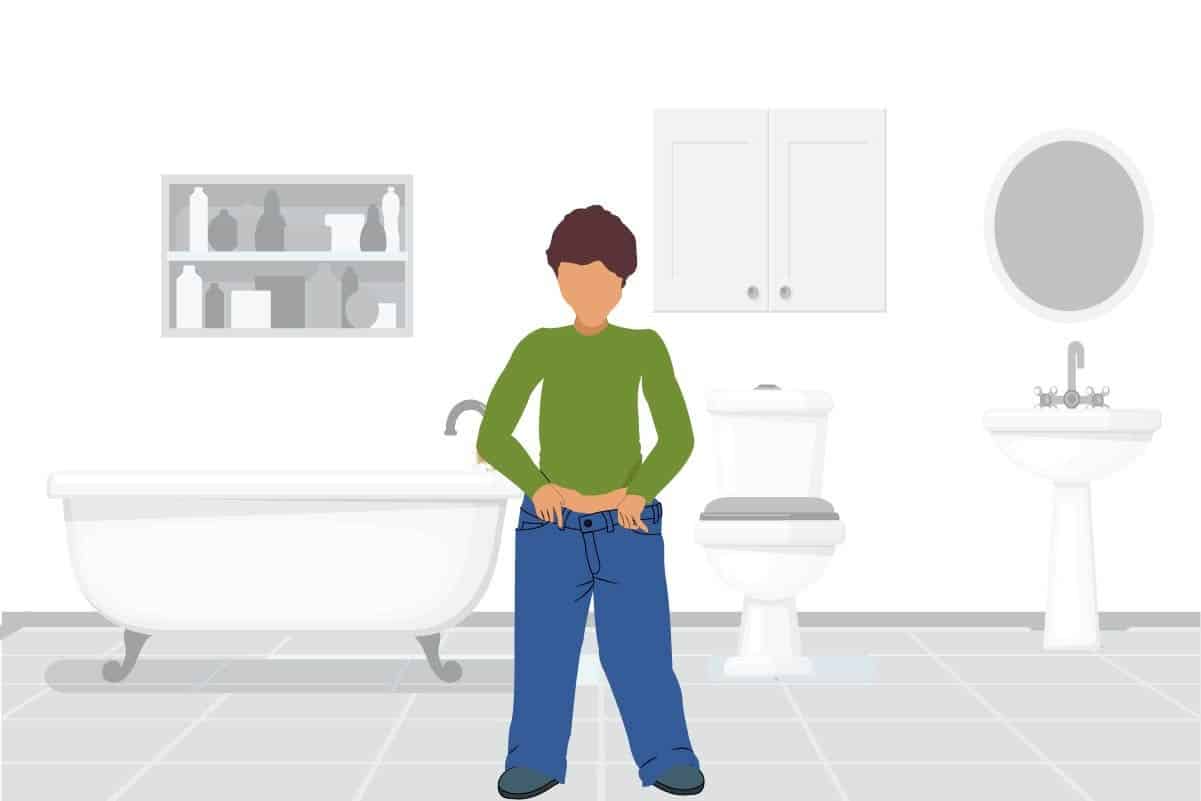Pearly penile papules, also known as hirsutoid papilloma, are skin growths that appear as flesh-colored or white bumps on the penis head. They can be mistaken for pimples on the penis and are normally arranged around the rim of the penis head and just below the head on the shaft. They are not contagious, harmless, and benign.
This article will explain what pearly penile papules are, the cause, how to identify them, symptoms, percentages of men with them, available treatments, and expectations of treated and untreated cases.
Pearly Penile Papules

Pearly Penile Papules (PPP) normally develop suddenly in late adolescence to early adulthood and are relatively common in men. They can form one to multiple rows around the corona of the glans penis and on the underside of the penis below the head on the shaft appearing as one to four millimeters in diameter growths that resemble flesh-colored or white bumps or pimples without producing any pus or secretions. They can be mistaken for a sexually-transmitted disease or other skin conditions, but they differ in nature from any STD bumps and other non-STD related penis bumps.
What Causes Pearly Penile Papules
The cause of pearly penile papules is unknown but theorized to be embryonic remnants. They are more common in uncircumcised men than circumcised men likely due to more exposure to the normal abrasion that circumcised men have that helps to regress the size and development of the penile papules.
The histopathology of pearly penile papules has the same features as angiofibromas that includes an overgrowth of dilated blood vessels, fibroblasts, and collagen that make up the skin.
Symptoms of Pearly Penile Papules
Pearly penile papules are asymptomatic other than their appearance. Pearly penile papules may cause emotional and mental stress including anxiety, insecurity, low self-esteem, and low confidence due to the appearance and perception of the bumps on the penis head.
Percentages of Men with PPP
The percentage of men with pearly penile papules is between 14 and 48 percent.
Pearly Penile Papules Treatments
Pearly penile papules treatments that dermatologists offer include CO2 or erbium laser treatment, electrodesiccation with a hyfrecator with or without curettage, radiosurgery, cryosurgery, or excisional surgery. The cost of each removal surgery varies.
The least expensive PPP removal treatment is an at-home removal treatment that uses the same science as some of the removal methods. It has results that are the same as the best options available without having to make an appointment or find a dermatologist that does the surgery.
Ineffective Treatments To Avoid
Methods of pearly penile papule removal that don’t work and/or should be avoided include tea tree oil, castor oil, bio-oil, iodine, wart removal cream (topical podophyllotoxin), alpha hydroxy acid, toothpaste, calamine lotion, oatmeal, and any creams, gels, or ointments claiming to remove them. These removal methods don’t follow the same science to remove pearly penile papules as the dermatologists’ methods.
Expectations of Treated and Untreated Cases
The expectations for most dermatologists’ PPP removal treatments are good cosmetic results without any recurrences or scarring. The at-home removal method expectations are the same.
Without any treatment, the pearly penile papules may regress in size and/or amount as men age. The regression with age hasn’t been shown to be significant enough to go untreated if you want them completely removed.
References
Diagnosis and Management of Pearly Penile Papules
Papule, Pearly Penile

